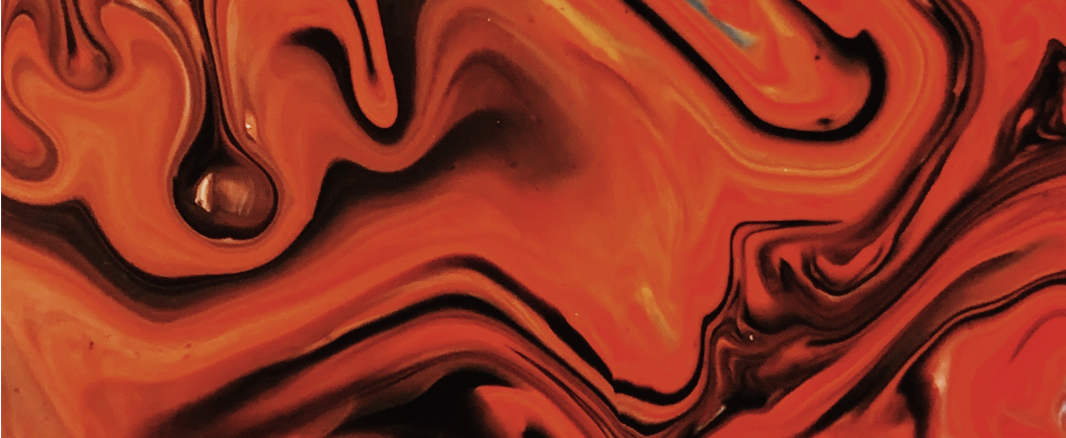This is the third article in an ongoing series on inflammation. Part 1 is a brief introduction to inflammation, and part 2 is a first look at acute inflammation from a biomedical perspective. In this article we will take a look at how Chinese Medicine explains the phenomenon of acute inflammation.
Inflammation is broadly equivalent to the Chinese Medicine concept of Heat. Two of the characteristic signs of inflammation are heat and redness, so this concept is actually superficially similar to the biomedical understanding.
At its most encompassing the concept of Heat is linked to yang, and to life itself, in contrast with Cold which is considered classically to be a major cause of disease. The Heat of inflammation is created by the body because it is necessary for life; we are warm-blooded animals, after all. The phase-element of Fire, related to the concept of Heat in the body, is connected to the idea of Spirit, or consciousness. Thus, the ability to generate warmth in the body is a function of consciousness, a physical manifestation of the power of our Spirit.
For acute injuries the healthy body brings resources to bear in the form of Wei Qi, typically translated as “defensive qi”. Wei Qi is warm and active, circulating throughout the body and performing a variety of functions, including defending the body from external threats and injuries. When the body suffers an injury or infection it creates an area of localized qi and Blood stagnation. Wei Qi is therefore roused and begins to accumulate in this area, creating the characteristic warmth and redness.
Yin follows yang, and Blood follows qi. The swelling that accompanies acute inflammation is a manifestation of this principle.
Pain, the fourth characteristic of inflammation, is explained by the localized qi (and potentially Blood) stagnation. A well-known axiom in Chinese Medicine is that pain comes from lack of flow; any areas of qi or Blood stagnation have the potential to cause pain as the body attempts to push through the obstruction. Injuries create qi and Blood stagnation, as do infections. This can create localized pain as well as more generalized body pain that often accompanies fever.
As the area of injury or infection begins to heal the qi and Blood stagnation gradually decrease as the force of the body’s vitality moves through the obstruction. This parallels the healing of any tissue damage and clearing of infectious agents. As the stagnation decreases so does the redness, swelling, heat, and pain that characterizes inflammation. If the body is successful in completely eliminating the obstruction there will be little to no scarring left over.
If the body is unsuccessful or unable to resolve the acute injury or infection a chronic obstruction in the flow of qi and blood can develop. Since obstruction is inherently against health the body will continue to try and push through this obstruction, leading to the rise of chronic inflammation. This is the topic of the next part of this series.



